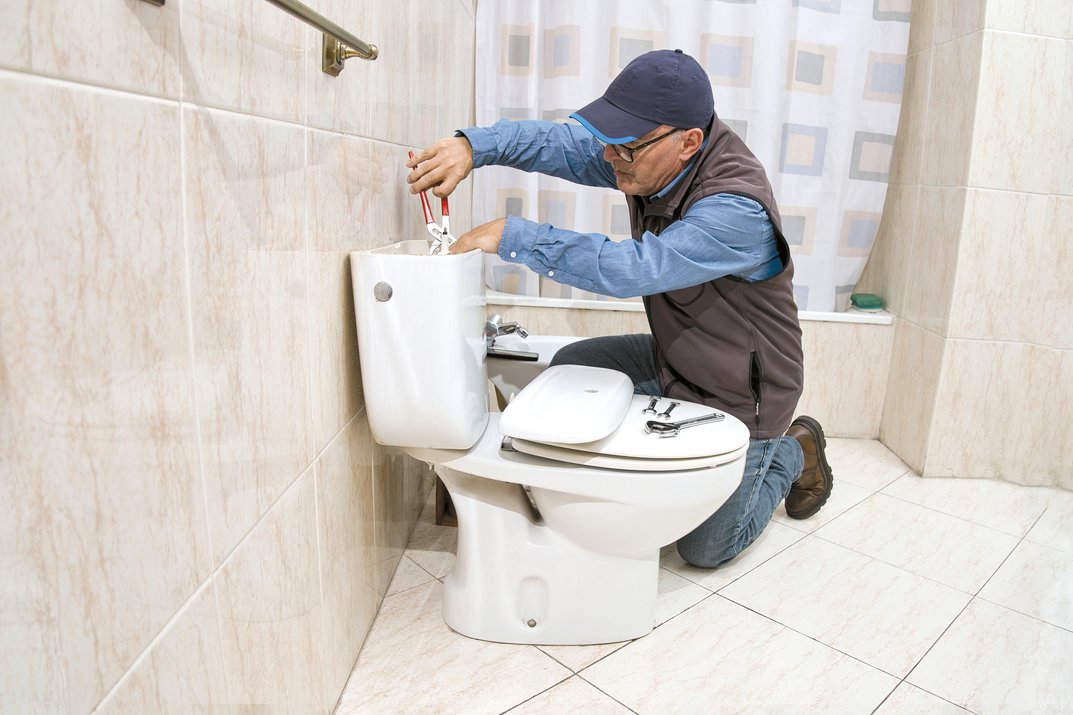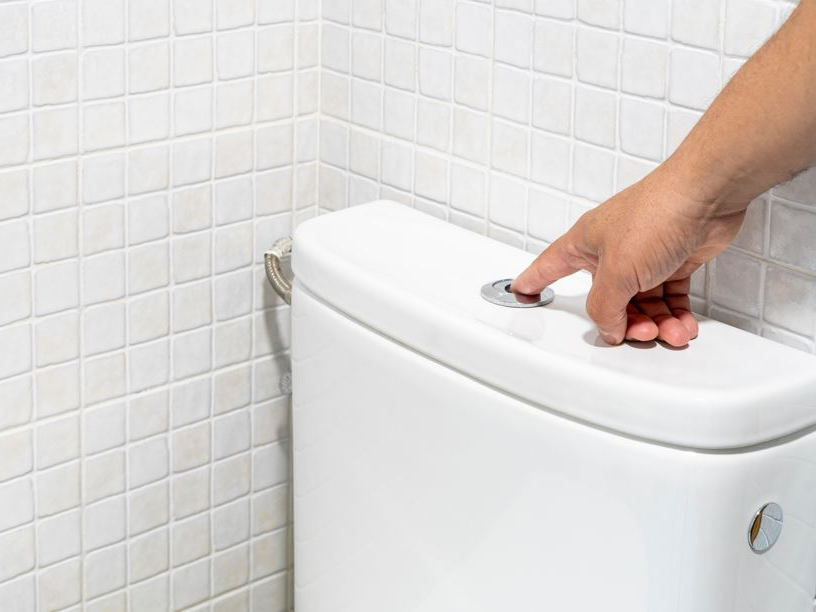In the pursuit of sustainable living and efficient resource management, the concept of smart toilets for water conservation has emerged as a game-changer within the plumbing and sanitation industry. This innovative technology not only addresses the pressing issue of water scarcity but also enhances user experience, making it a crucial development for the modern world. As the industry continues to evolve, understanding the role of smart toilets in water conservation becomes increasingly important.
Water conservation is a critical concern globally, with many regions facing severe water shortages. Traditional toilets are among the largest consumers of water in residential and commercial settings, accounting for nearly 30% of indoor water use. As such, integrating smart technology into toilets represents a significant step forward in reducing water consumption and promoting sustainable practices.

Understanding the Technology Behind Smart Toilets
Smart toilets are equipped with advanced features that significantly reduce water usage. These features include dual-flush options, automatic flush systems, and even water-saving sensors. The role of toilets in water conservation cannot be overstated, as these technologies ensure that water is used efficiently and only when necessary.
Dual-flush systems offer users the choice between two different flush volumes, typically a full flush for solid waste and a reduced flush for liquid waste. This simple yet effective mechanism can save thousands of gallons of water annually. Additionally, automatic flush systems utilize sensors to detect when a user has left the toilet, ensuring that it only flushes when necessary. These smart features not only conserve water but also enhance user convenience.
The Environmental Impact of Smart Toilets
The environmental benefits of smart toilets extend beyond water conservation. By reducing water usage, these toilets also decrease the demand on sewage treatment facilities, which can help lower energy consumption and reduce greenhouse gas emissions. According to a resource on low-flow toilets, implementing water-saving technologies in bathrooms can significantly impact overall water conservation efforts.
Moreover, smart toilets contribute to the reduction of pollutants entering natural waterways. By using less water, the volume of wastewater produced is minimized, decreasing the likelihood of sewage overflow and contamination of rivers, lakes, and oceans. This has a positive ripple effect on ecosystems and biodiversity, showcasing the broader ecological impact of this technology.
Smart Toilets in the Industry QA
For professionals in the Industry QA, smart toilets offer a unique opportunity to contribute to sustainability and efficiency goals. By incorporating these technologies into new construction projects or retrofitting existing structures, companies can demonstrate their commitment to environmental stewardship and attract environmentally conscious clients. Additionally, smart toilets provide valuable data insights into water usage patterns, enabling companies to optimize their operations and further reduce waste.
Industry QA professionals play a vital role in ensuring that smart toilets meet quality standards and function as intended. This involves rigorous testing and evaluation of features such as water-saving sensors and dual-flush systems. By adhering to high-quality standards, the industry can ensure that these technologies deliver on their promise of conserving water and enhancing user experience.

The Future of Smart Toilets and Water Conservation
Looking ahead, the potential for smart toilets to revolutionize water conservation is immense. As technology continues to advance, we can expect to see even more sophisticated features integrated into these systems, further enhancing their efficiency and effectiveness. For instance, future models may incorporate artificial intelligence to analyze usage patterns and optimize water usage in real-time.
Moreover, the increasing awareness of water scarcity and the need for sustainable practices will likely drive the adoption of smart toilets across various sectors. This trend presents a significant opportunity for the plumbing and sanitation industry to innovate and lead the way toward a more sustainable future.
For more insights on how to reduce water usage in toilets, consider checking out this guide on reducing toilet water usage.
FAQs About Smart Toilets and Water Conservation
Q: How do smart toilets conserve water?
A: Smart toilets conserve water through features such as dual-flush systems, automatic flush sensors, and efficient water usage designs. These technologies optimize water use by providing appropriate flush volumes based on the type of waste, ensuring that water is used only when necessary.
Q: Are smart toilets more expensive than traditional toilets?
A: While smart toilets may have a higher upfront cost compared to traditional models, they offer long-term savings through reduced water bills and lower maintenance costs. Additionally, the environmental benefits and enhanced user experience justify the initial investment.
Q: How can industry QA professionals contribute to the adoption of smart toilets?
A: Industry QA professionals can contribute by ensuring that smart toilets meet quality standards and function as intended. They can also advocate for the integration of these technologies in new projects and retrofits, promoting sustainability and efficiency within the industry.
For a comprehensive understanding of high-efficiency toilets and their advantages, readers are encouraged to explore further resources and stay informed about the latest trends in water conservation technology.






